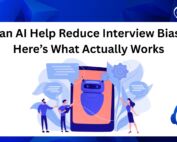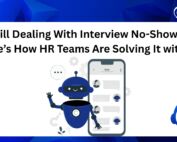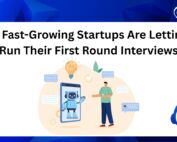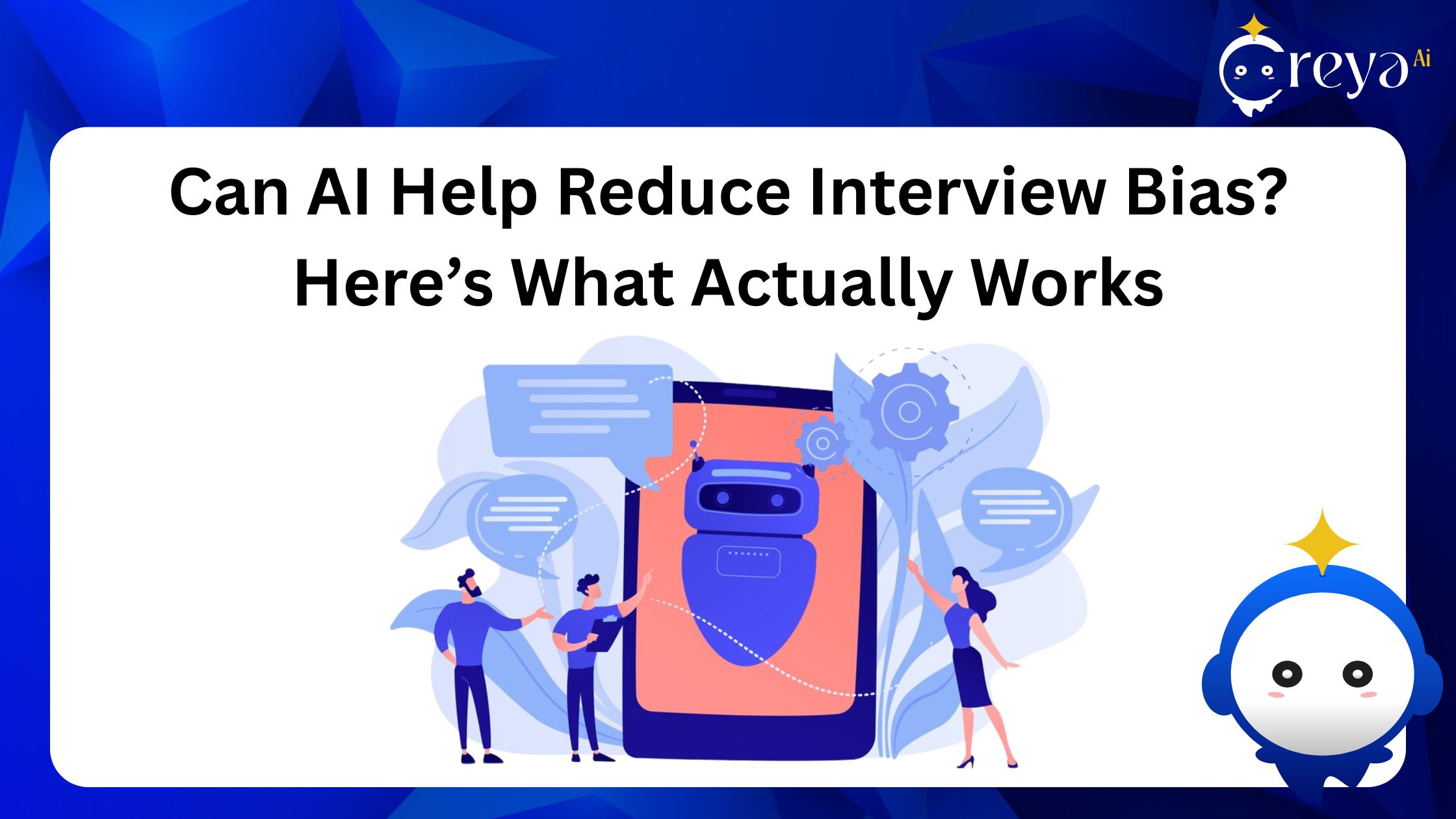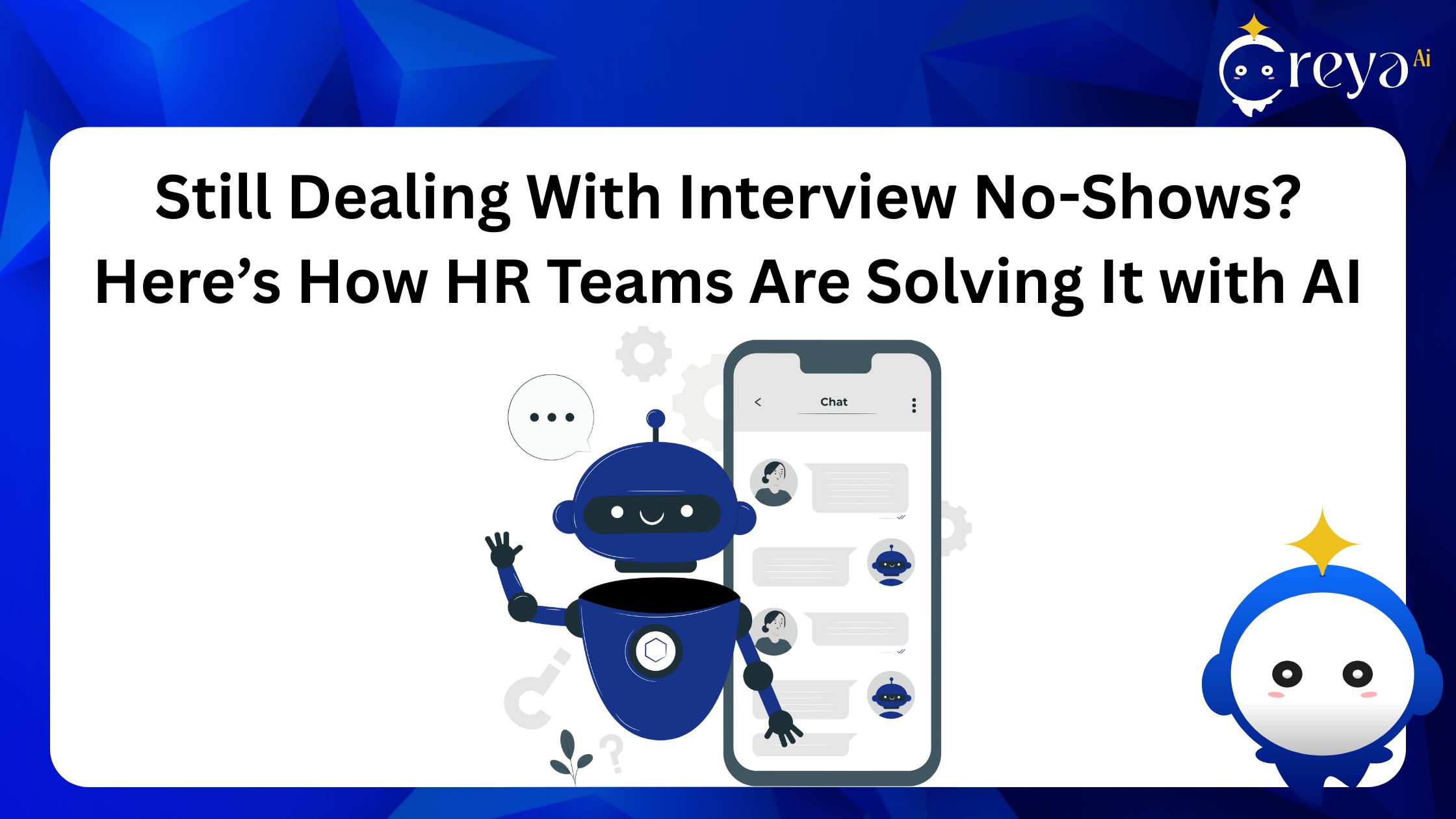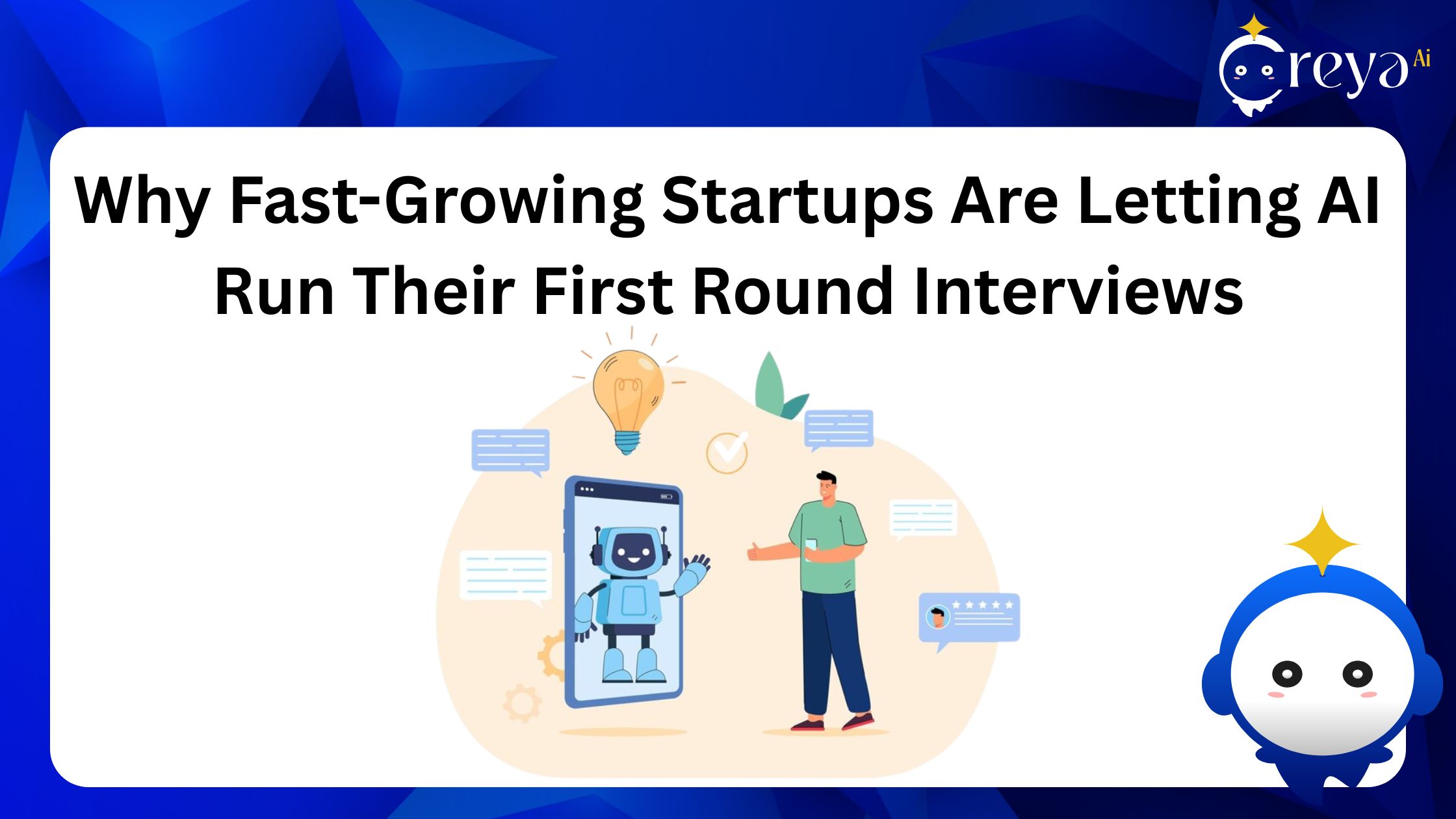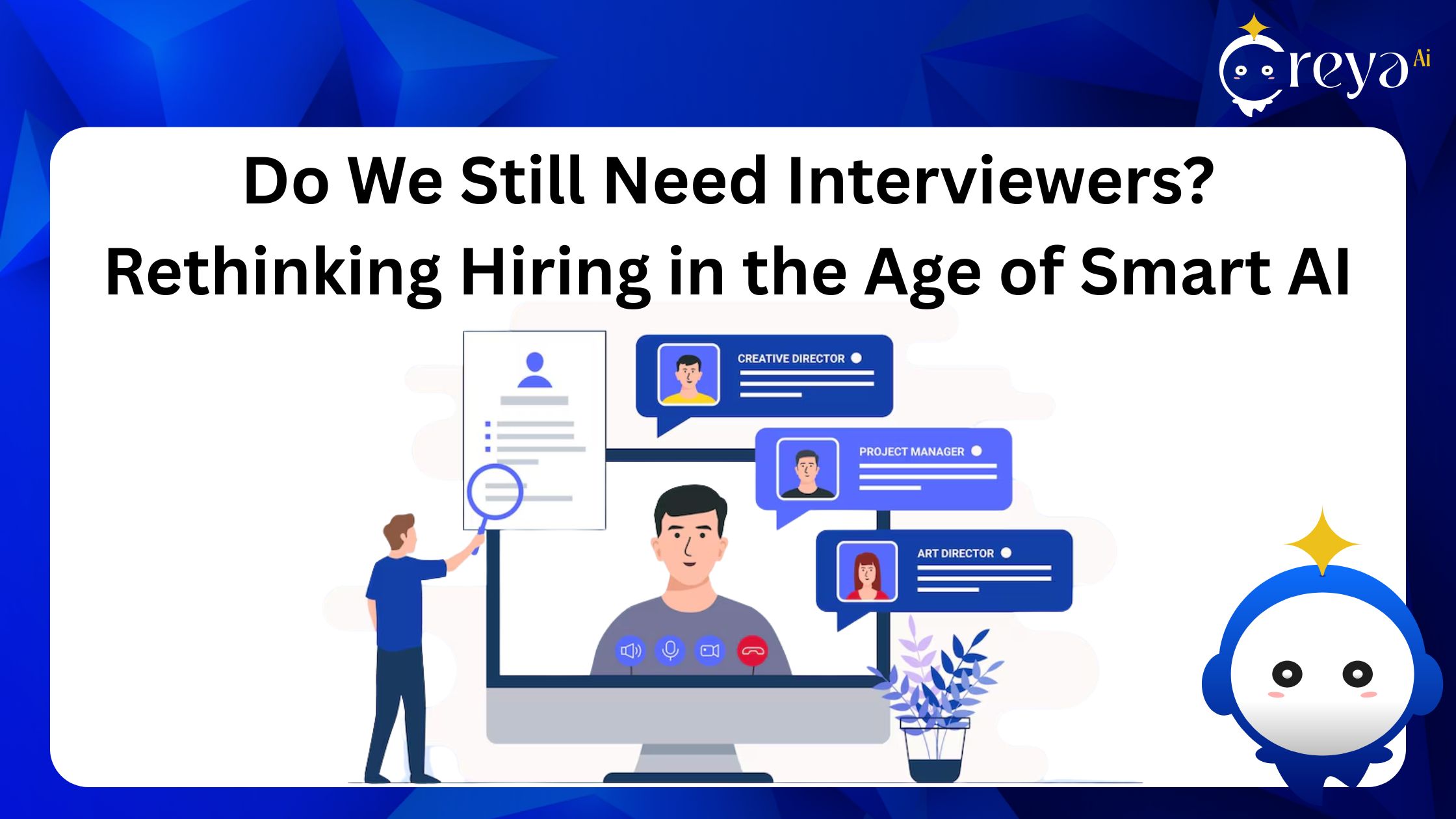Introduction
Artificial intelligence in hiring has gained popularity nowadays. AI assists in making an array of tasks the recruitment industry deals with: from resume scanning to candidate interviewing-faster and smarter judgment is known. But the more ubiquitous AI tools become, the greater are the questions concerning fairness. Are these bots prejudice-neutral? Or are they harboring biases that may be subliminal? AI has many advantages; however, bias in hiring decisions is detrimental. Therefore, it is becoming increasingly important to know what research has to say regarding the issue of bias in hiring when it comes to the responsible and ethical use within HR systems. The present article gives an overview in a research-based context concerning the subject of AI bias in recruitment.
The Advanced AI Methodologies in Recruitment and Hiring Application
AI-Modern Way of Use in Hiring
The whole method of searching and selecting candidates is being revolutionized by AI. It can automatically scan resumes from a variety of sources, source from talents from different platforms, and even analyze interview recordings. Machine learning algorithms can predict whether a candidate is likely to perform well in a role, given its data from the past. The objective of these tools is to reduce the time and energy needed to complete a job.
Advantages of Hiring AI
AI saves time in the hiring process, whether days or even weeks. This also helps companies to easily handle huge amounts of applications. Sorting resumes by hand always runs the risk of some human errors in judgment, be it skipping an overlooked resume, being distracted, or straight-up commercial bias. If set up right, it will then energize and rationalize data-driven decisions in the hiring experience.
Challenges and Concerns
Nevertheless, AI systems are far from perfect: they are often considered “black boxes,” thus rendering even a paid consultant’s insight into why a decision was made unsuccessful. Any bias in training data may result in an AI program favoring or discriminating against a population. Such scenarios have serious repercussions, one being society’s equalities being replicated.
Understanding Bias in AI Hiring Tools
Types of Bias Affecting AI Systems
There are many possible ways in which an AI recruit can be biased. Data bias occurs when an AI’s training data manifests the bias of society. Algorithmic bias occurs when a model itself favors one group of people over another. Deployment bias occurs when influencers of AI decisions exist in the real world, and these influencers are relevant to the context of tool use.
Sources of Bias in Training Data
Bias predominantly emanates from the historical hiring statistics. When the past employee data showed favoritism towards some races or genders, the AI would learn to replicate those patterns. Also, the lack of diversity in successful data sets accounts for skewed results. For example, if the data used to train the AI were majorly male-oriented, there is a risk of manifesting an unfair preference for male candidates.
How Bias Manifest in AI Hiring Results
Bias leads to unfair consequences, such as the unfair rejection of qualified candidates from among the protected classes- organizations might thereby lose in terms of diversity and company reputation. On the other hand, a few predominantly real-life cases, like that of biased resume screening, don’AIing a spotlight on the debatable area of AI programs enforcing stereotypes or biases.
Research Findings about AI Hiring Bias
Key Research Studies and Reports
Numerous research hubs have looked into AI hiring systems for fairness bias. Reports from these institutions underline some worrying trends noted by Stanford and MIT. Many AI-created algorithms favor a given social group or unfairly disadvantage it based on wrong data. Major consulting firms have also put forth alerts regarding the ever-growing number of such difficulties.
Data Quantitative and Statistics
Studies revealed that about 40 percent of AI-based hiring tools in controlled tests exhibited bias. In some extreme cases, AI rejected valid candidates of specified racial or gender groups in much higher rates. Disparate impact ratio statistics are one way of showing how bias can corrupt results into unfair hiring opportunity.
The Real-World Case Examples and Case Studies
One of the prime examples is Amazon’s AI recruitment tool, which learned from bias-laden data against women applicants. Upon learning of this, the company shut down the would-be AI system. In a concurrent manner, Tay, a chatbot developed by Microsoft, used nasty language after innumerable biased open interactions. These cases point to the perils of the lack of testing against bias for AI technology and the consequent urgent need for prevention.
Ways for Minimizing Bias in AI Hiring
Responsible Collection and Curation of Data
The first step is collecting diverse data that better reflects all candidates. Regular audits can spot biases early and fix them. Including data from different backgrounds ensures AI gets a fairer picture of applicants.
Algorithm Design and Testing
Learning Design and Evaluation Algorithms Algorithmic Fairness-aware techniques are proven to mitigate offset biases. Through diverse AI model testing, hidden cracks become visible. Further, algorithmic adjustments help correct unjustified outputs of biased algorithms.Pathway Human Control and Openness AI, as a method, should not replace human judgment. Human users will know in very clear terms how their AI decisions go. Transparency reports will explain how decisions are arrived at in order to build trust. Human insight will be integrated into the speed of AI to avoid bias.
Best Practical Adoption by an Employer
Most important, institutions put in place impact assessments before adopting AI systems. Training the HR team on awareness of bias and applying ethics in the way they employ AI systems will go a long way to ensure equity in opportunities for all applicants.
Futures and Recommendations
Forthcoming Trends for Ethical AI Recruitment
Most new AI technology emphasizes explainability, which helps users understand why decisions are made. There are also emerging bias detection tools that are better than what exist today. On the legislative front, governments are creating regulatory frameworks to ensure fair AI use, which may ultimately lead to the improvement of standards around the globe.
Suggestions for Stakeholders
Employers should select bias-aware AI tools and be open about them. Developers should think fairness and inclusion into their tools from the start. Policymakers also must have guardrails ready for the road ahead thus protecting job applicants and equal opportunity for everyone.
Final Words
However, the journey towards fair AI hiring continues. Continual research requires the ongoing improvement of tools and an ongoing reduction of bias. Building AI systems for diversity, therefore, benefits everyone-from workplaces more innovative to fairer societies.
Conclusion
AI is going to deposit the kind of bias in hiring that may not even be realizable by most humans. Such hires may turn out to be unfair on individuals, and the workplace becomes less representative. The practices of responsible AI, good data selection, and human supervision are very critical in eliminating bias. Informed, ethical, and incremental progress will enable artificial intelligence to create fairer and more equal hiring methods. Research and cooperation between developers, employers, and lawmakers will make the difference for the future in creating AI fair for all job seekers.


